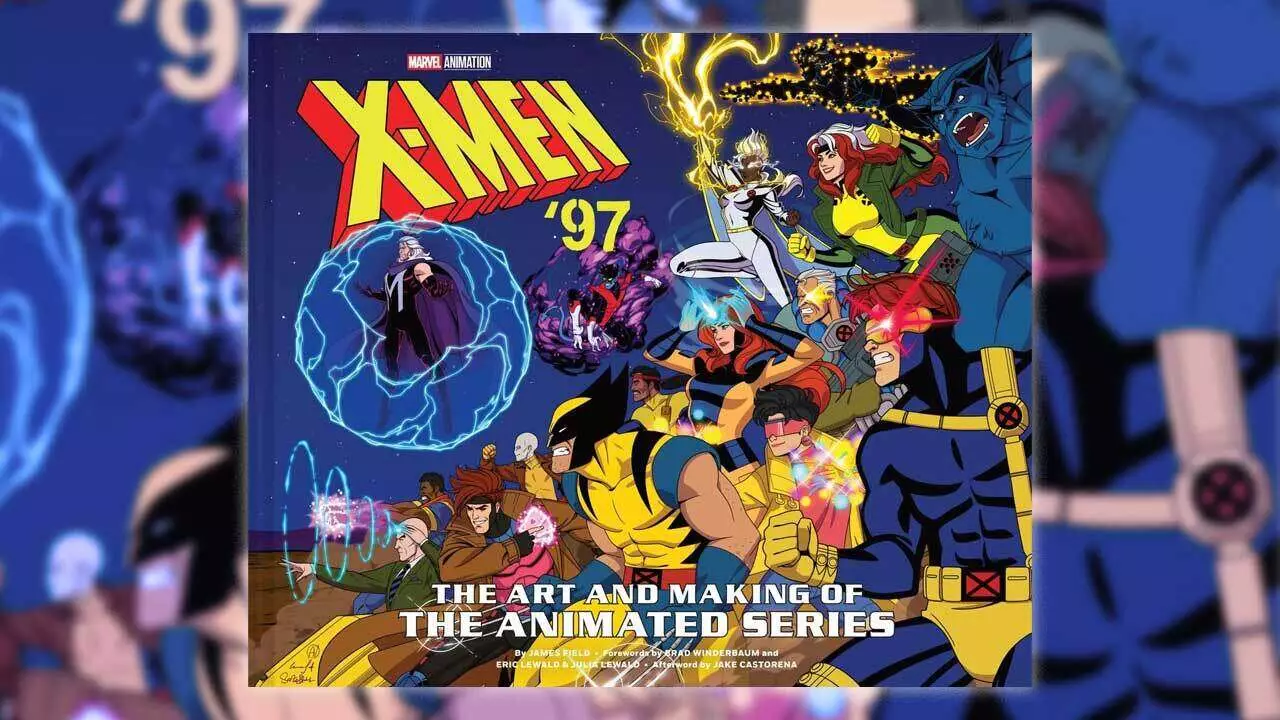The resurgence of *X-Men ’97* not only underscores the timeless appeal of the mutant franchise but also revitalizes its artistic roots, offering fans an immersive journey into the creative process behind the beloved series. This revival is more than just a nostalgic callback; it signifies a renewed commitment to quality animation, storytelling, and visual artistry. The accompanying art book, *X-Men ’97: The Art and Making of the Animated Series*, exemplifies this dedication by providing a treasure trove of behind-the-scenes insights. With over 220 pages filled with original storyboards, concept sketches, and animation cels, it stands as a testament to how much craft and effort lie beneath the familiar characters we cherish.
Delving into the Creative Machinery: Behind the Scenes of a Classic
What truly differentiates this art book from mere collectibles is its detailed commentary from the creators and animators directly involved in the show’s production. Their insights illuminate the artistic decisions that shaped iconic costumes, vehicles, and character designs—a process often hidden from viewers. This transparency allows enthusiasts to appreciate the meticulous work that transforms raw ideas into the vibrant visual universe of the X-Men. Additionally, the inclusion of unseen sketches and background layouts reinforces the notion that animation is as much an art form as it is entertainment; every line and color choice feeds into the storytelling. It pushes fans to view the series not just as a series of episodes but as a product of dedicated craftsmanship.
Expanding the Universe: Classic Meets Contemporary in Artful Collections
Complementing the new art book is the comprehensive *X-Men* animated series art compendium by showrunners Eric and Julia Lewald. With nearly 300 pages, their tome offers an exhaustive archive of the original series’ visual development. Its rarity and detailed content make it an essential collector’s item, capturing the series’ essence through unseen sketches, character models, and layout designs. As someone who values the intersection of art and storytelling, I see these resources as vital in preserving animation history and inspiring future generations of creators. Their stories not only tell us about the series’ aesthetic evolution but also serve as blueprint references for aspiring animators and designers aiming to understand the nuances of animated character creation.
Bridging Nostalgia and Contemporary Innovation
The broader landscape of this resurgence includes the reprint of *X-Men: The Manga Remastered*, which reimagines the classic stories through a modern lens. The manga adaptation—long out of print—serves as a bridge connecting nostalgic fans with contemporary manga art styles. It demonstrates how different media can collide, creating a richer tapestry of storytelling that appeals across generations. Furthermore, *The Art of Marvel Studios’ What If…?* offers another layer of creative brilliance, showcasing alternative scenarios within the Marvel universe. The diversity of these art books reflects a larger trend: valuing visual storytelling as a powerful tool that transcends media boundaries.
The revival of the X-Men animated series is not only a celebration of beloved characters but also an earnest homage to the artistry that makes animation a compelling form of storytelling. These art books stand as enduring evidence that behind every trope and hero, there is a dedicated team of creators whose work continually redefines what animation can achieve. For fans and creators alike, these collections are more than trophies—they are blueprints for understanding the magic and mastery behind the scenes.

